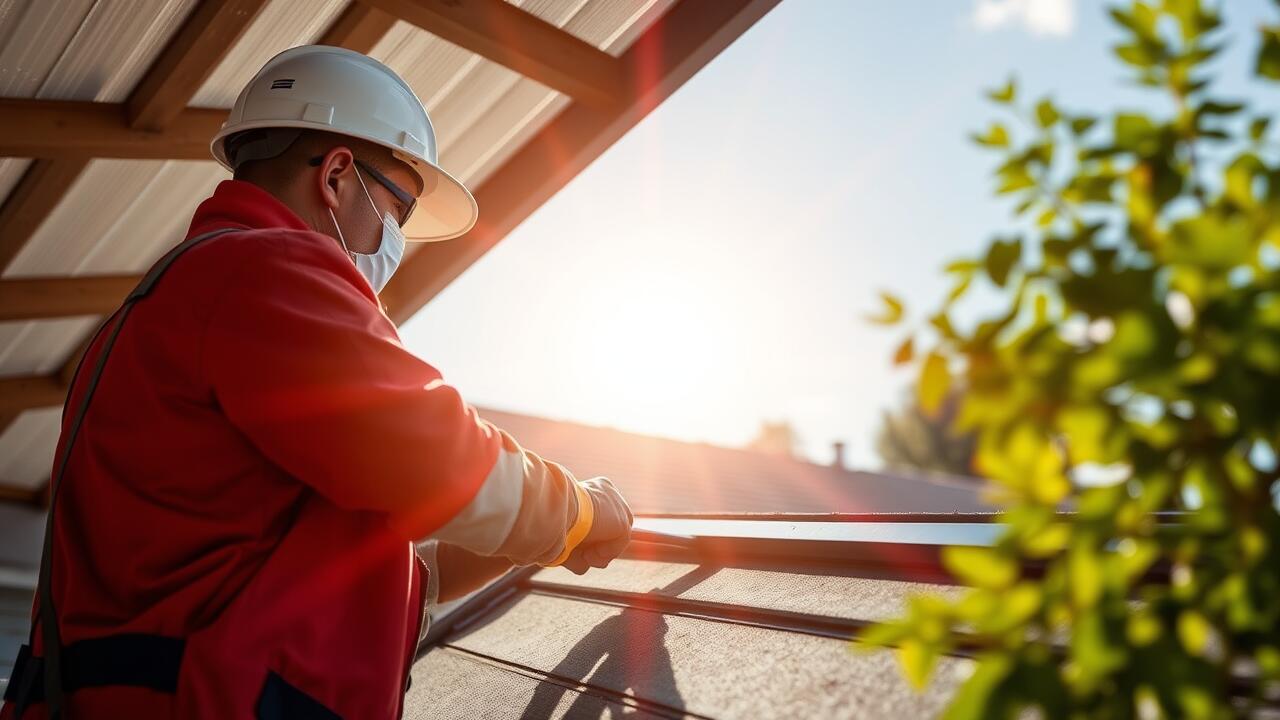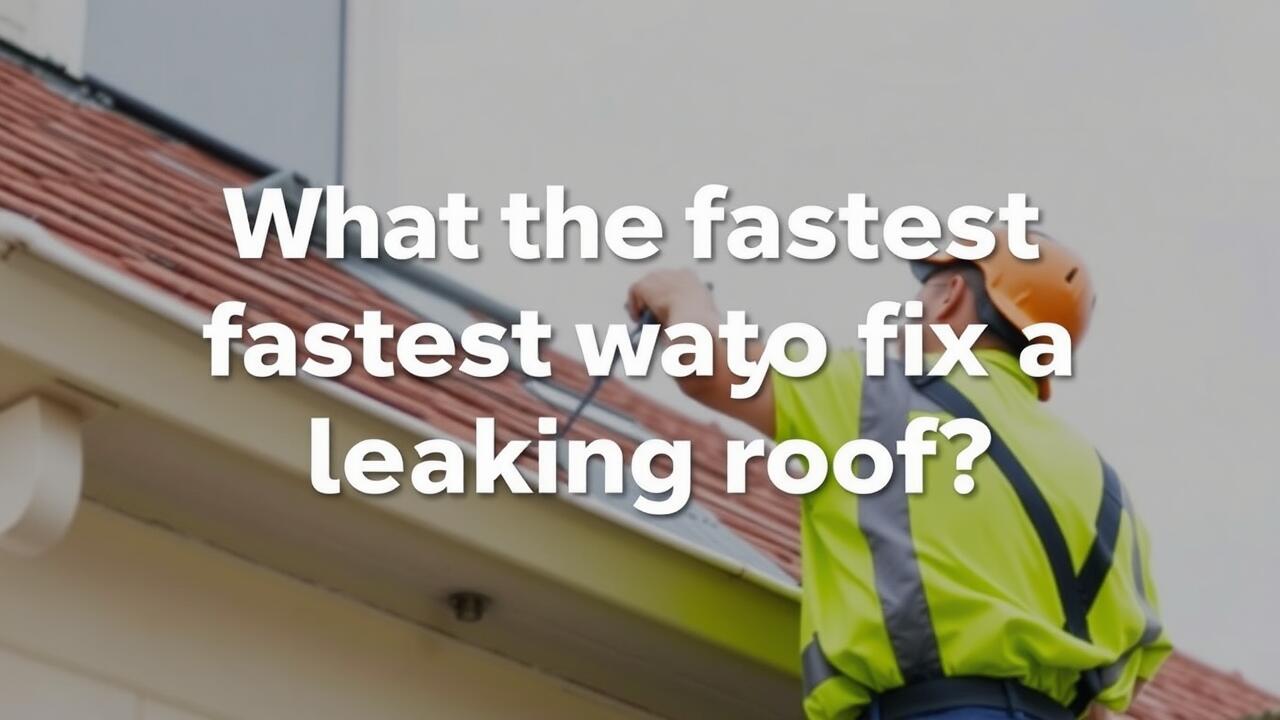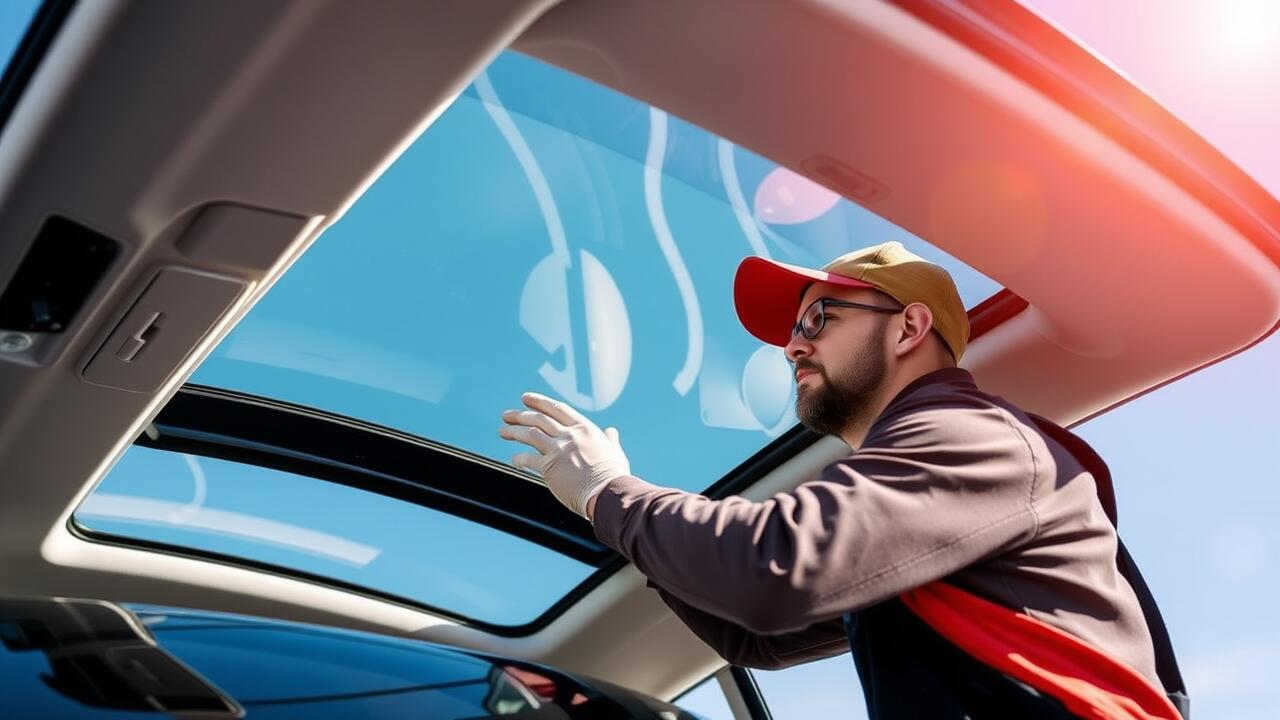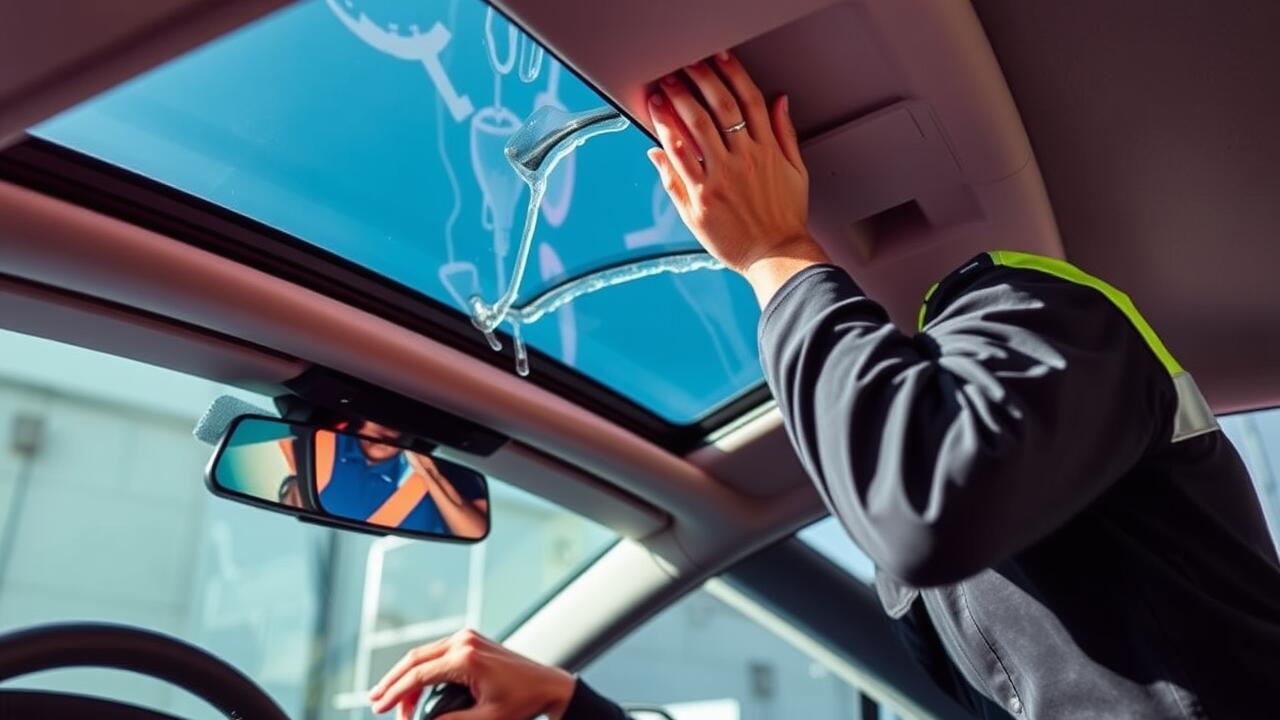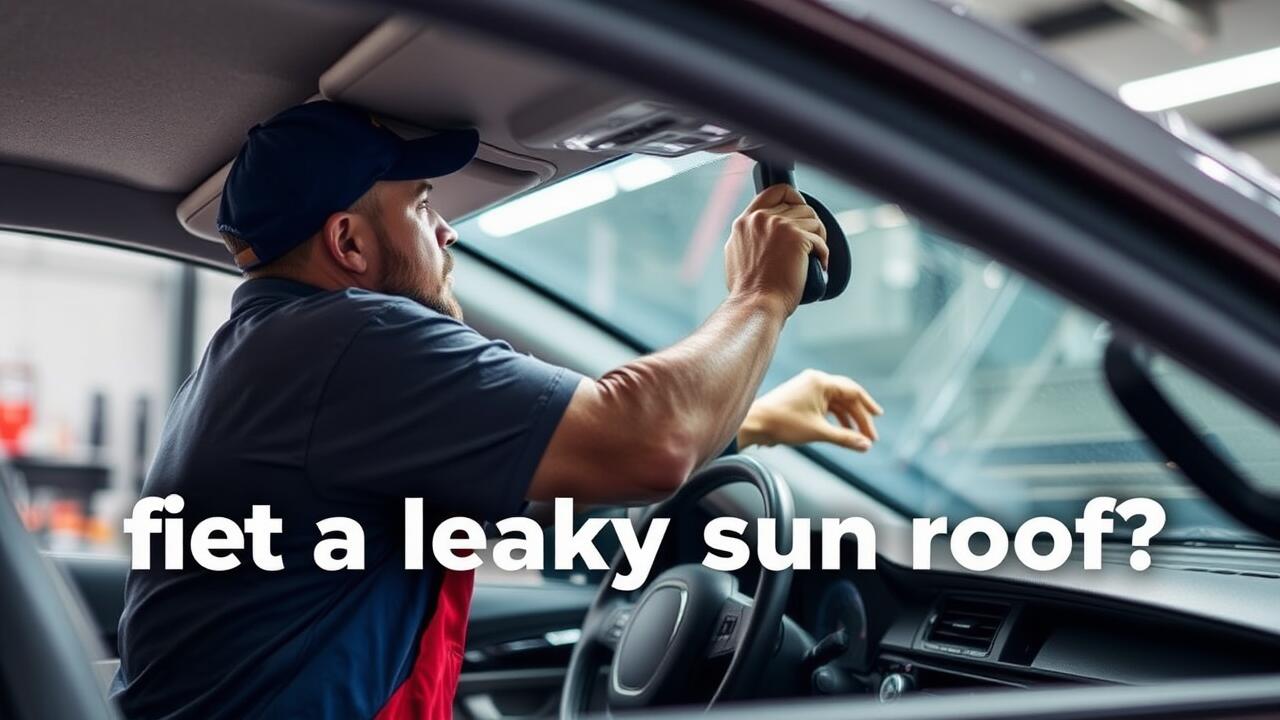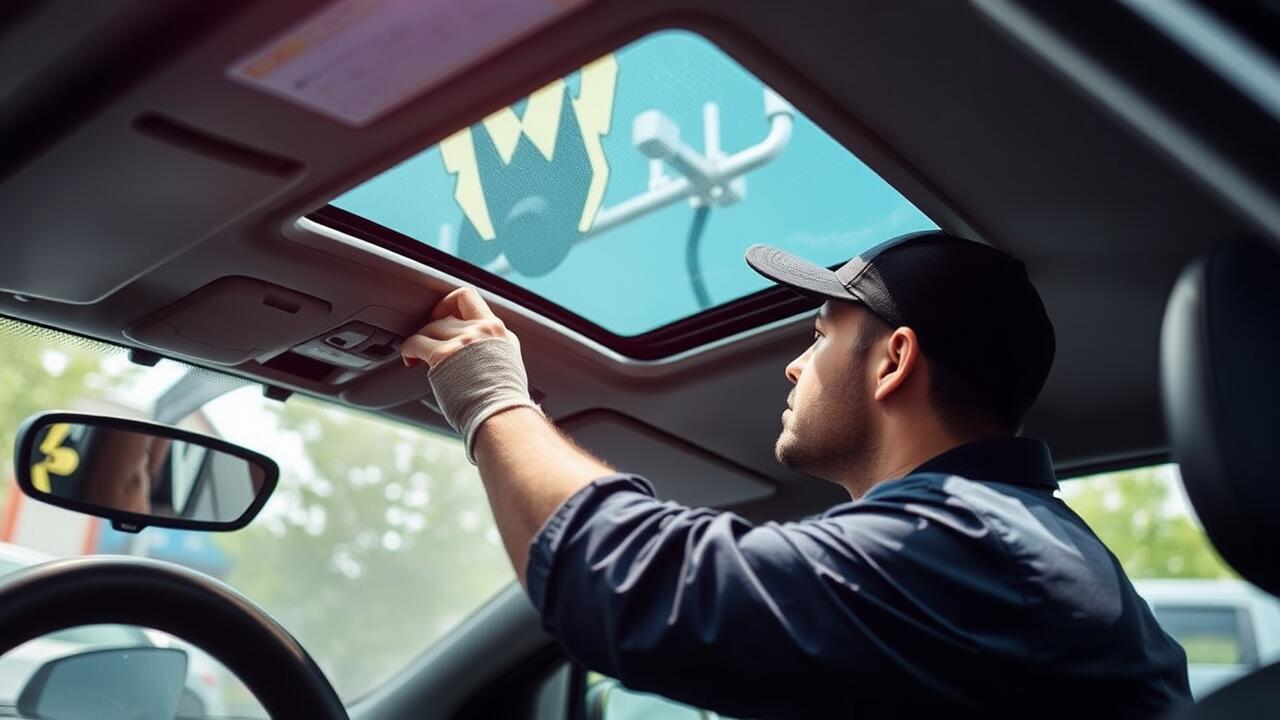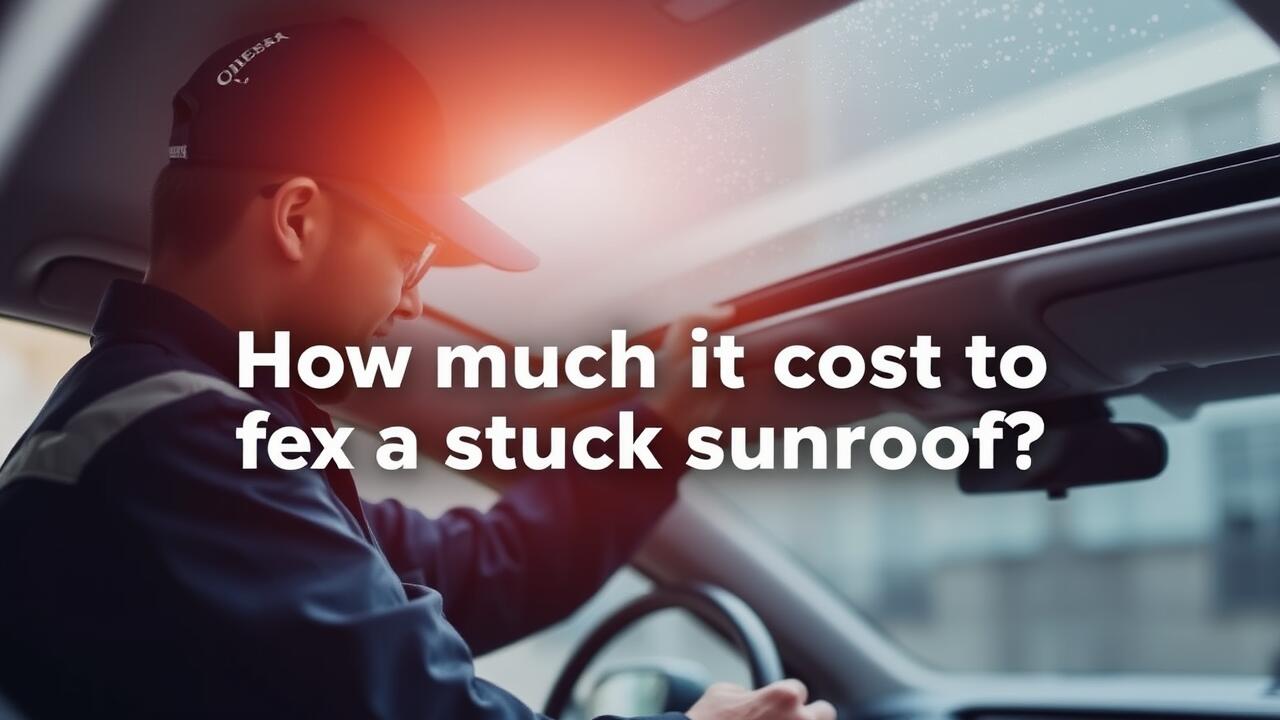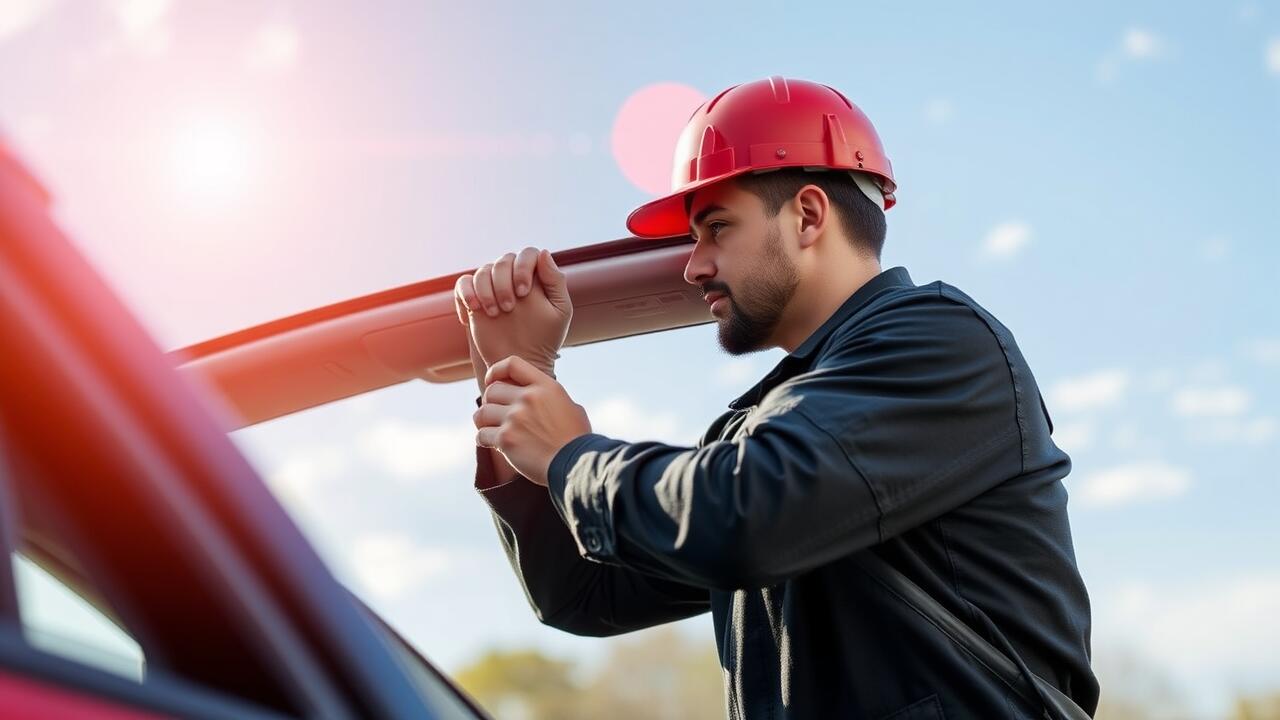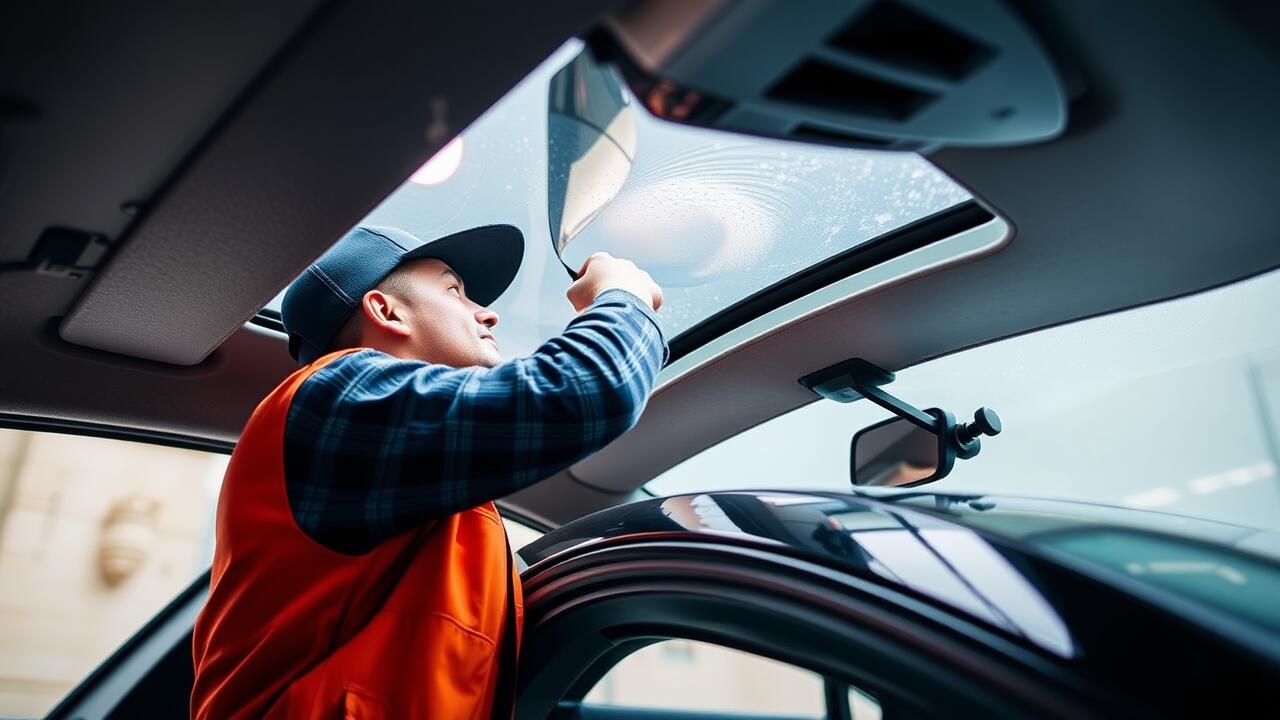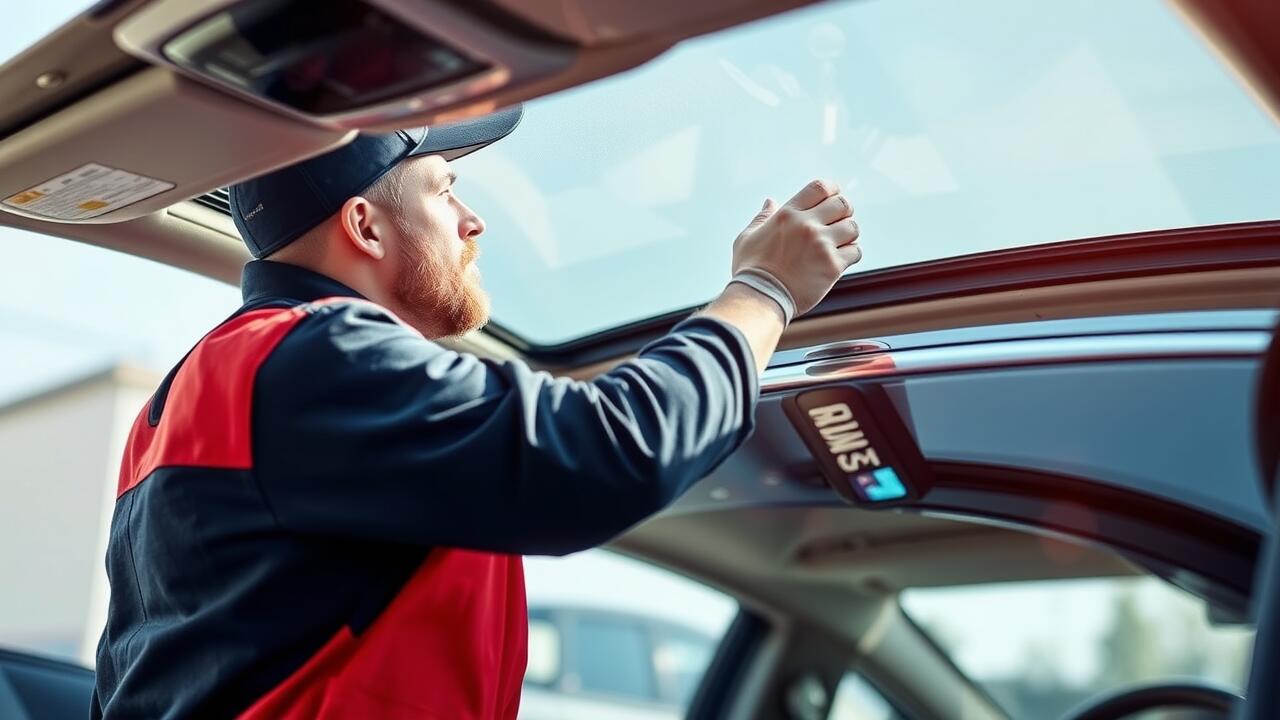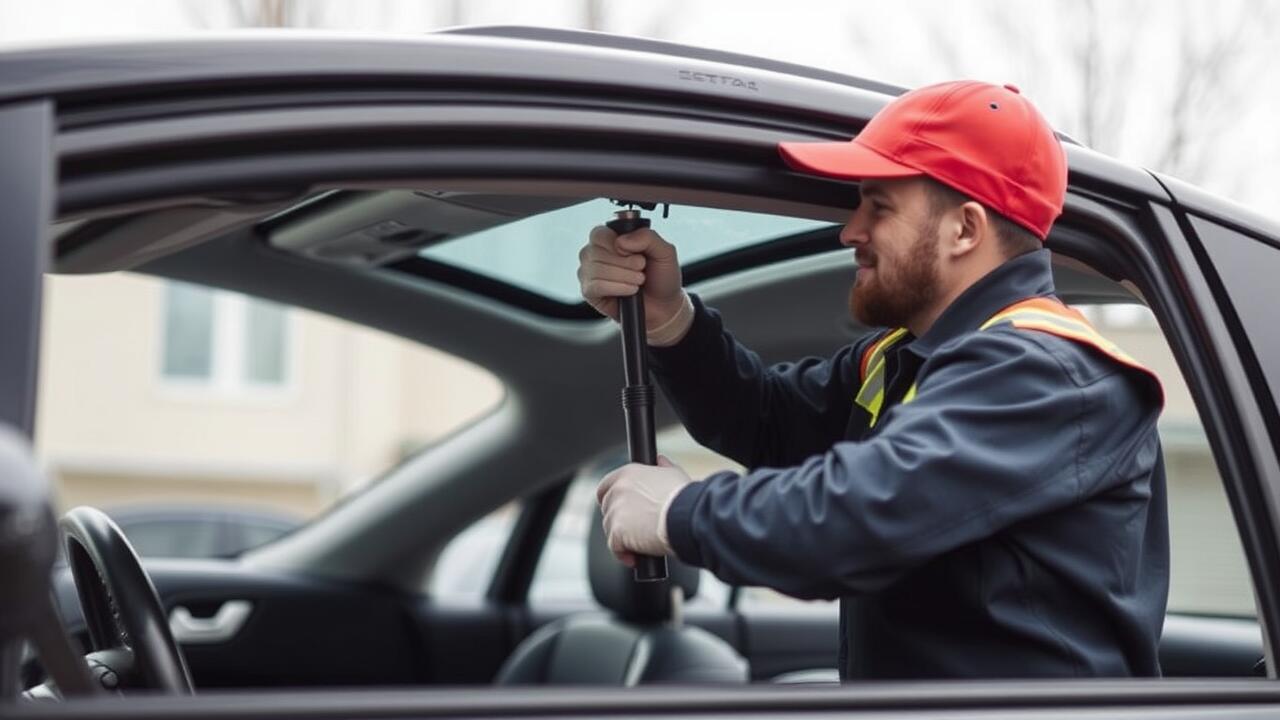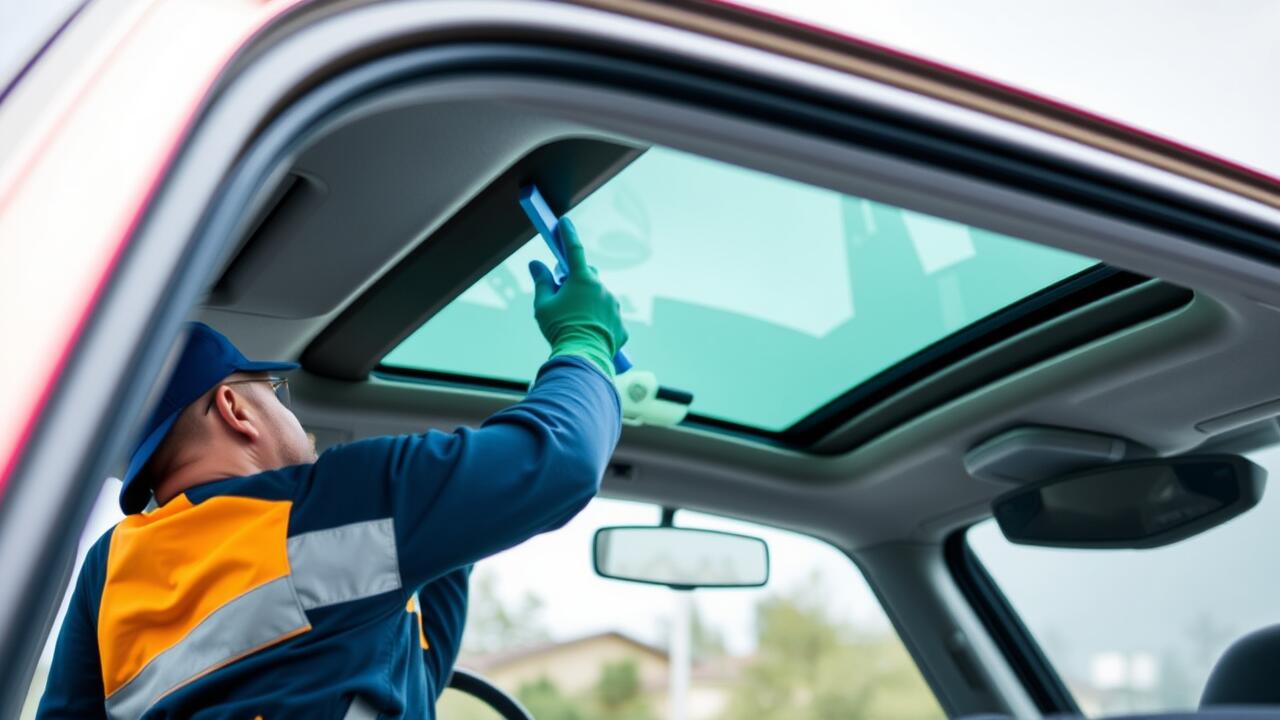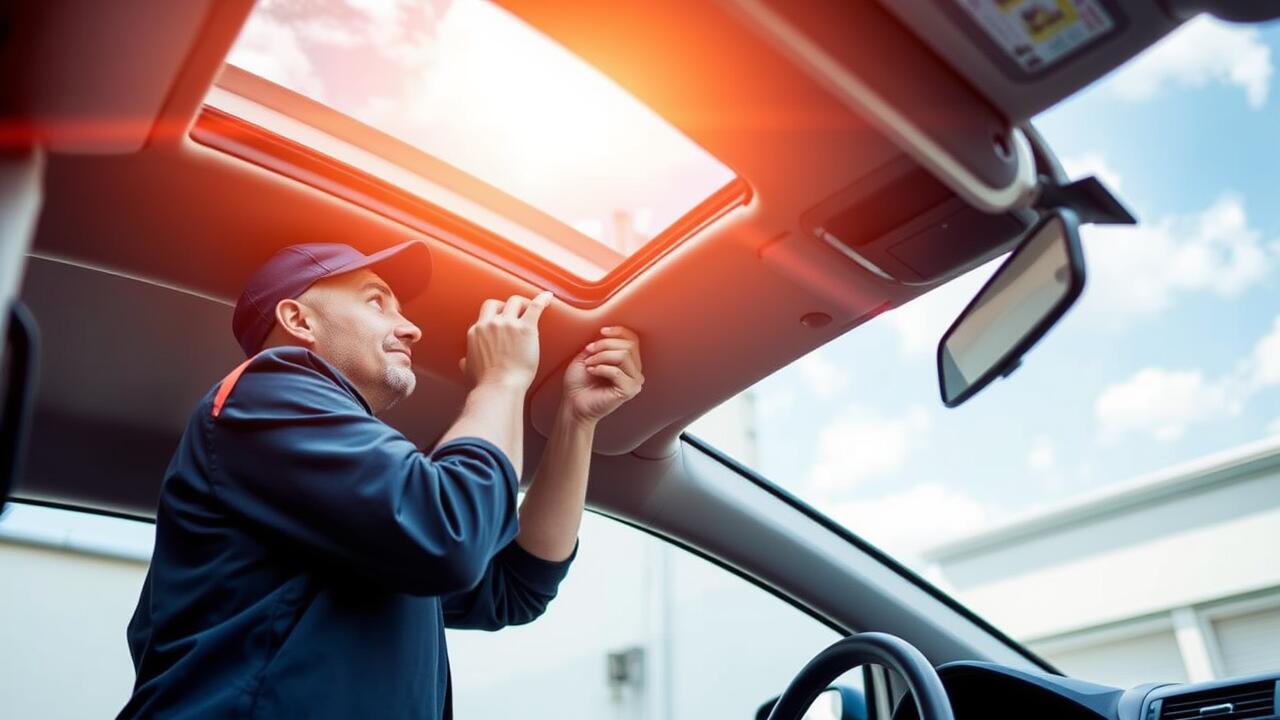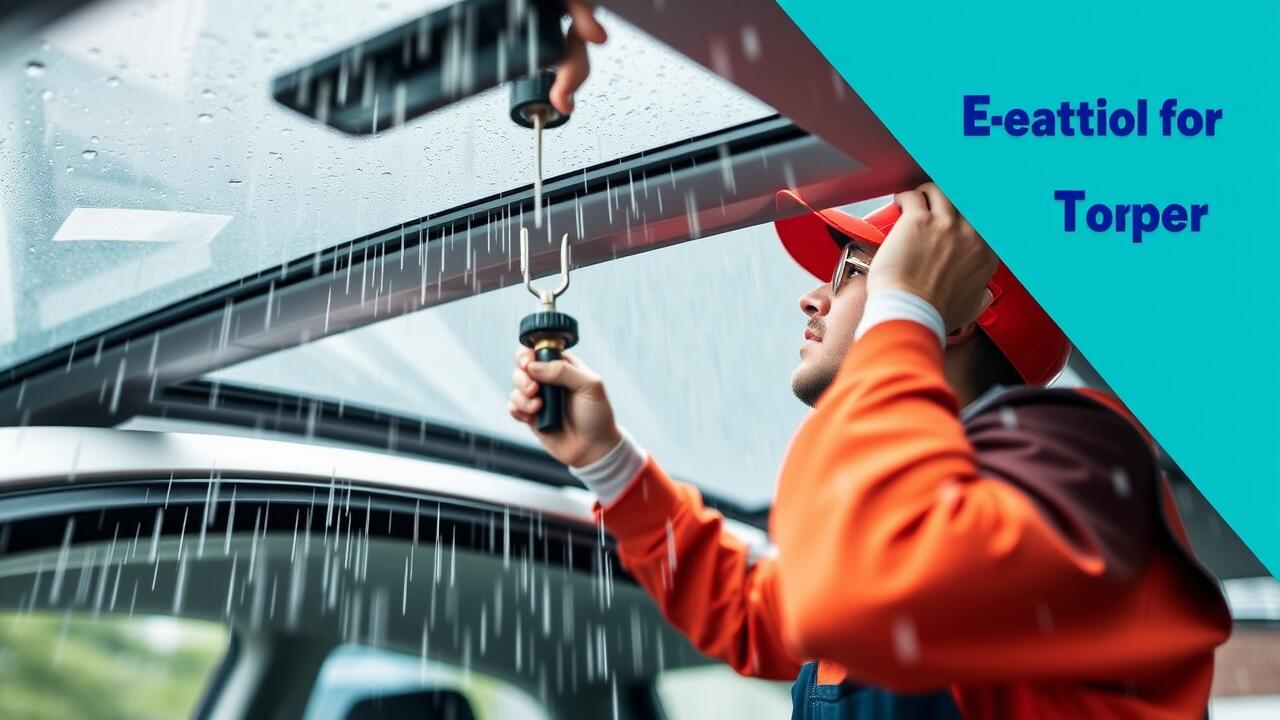
Table Of Contents
Effects of Heavy Rain on Sunroofs
Heavy rain can significantly affect the integrity of a sunroof. When rainwater pours onto the vehicle, it creates pressure on the sunroof seals and drainage systems. If these components wear down or become clogged, they may fail to redirect water away, leading to leaks inside the cabin. Water intrusion can damage interior materials and electronics, causing further complications that may require sunroof repair.
The accumulation of moisture may also encourage the growth of mold and mildew, creating an unpleasant odor and compromising air quality. Furthermore, if the sunroof is not properly closed, heavy rain can exacerbate the situation. Regular maintenance can help prevent issues, but persistent leaks often indicate a need for attention from professionals. Addressing these concerns early can mitigate damage and reduce the likelihood of extensive sunroof repair.
Increased Pressure on Seals
Heavy rain can create significant pressure on the seals of a sunroof. These seals are designed to prevent water intrusion under normal weather conditions. However, when subjected to heavy rainfall, the sheer volume of water can overwhelm these seals, leading to leaks. Water can seep through any minor imperfections in the seal, causing annoyance and potential damage to the vehicle’s interior.
Increased pressure on seals can also result from blockage in drainage pathways. Sunroofs are equipped with drainage systems to direct water away from the vehicle. If these channels become clogged with debris, water may accumulate around the seals, exacerbating the problem. Regular maintenance and monitoring of the sunroof's drainage system can help mitigate these issues, reducing the need for costly sunroof repair.
DIY Solutions for Minor Leaks
For minor leaks around sunroofs, some DIY solutions can be effective in addressing the issue. One common approach involves inspecting the weather seals that line the edges of the sunroof. If any visible damage or wear is noted, using a silicone sealant can provide a quick fix. Simply clean the area thoroughly before applying the sealant to ensure proper adhesion. This method not only helps create a water-tight seal but also restores the protective function of the weather stripping.
Another practical solution involves checking for debris in the drainage channels. Over time, leaves and dirt can accumulate, obstructing the flow of water and causing it to seep into the car's interior. Clearing these channels can often resolve the leak issue without much effort. Regular maintenance, including periodic Sunroof Repair inspections, helps in preventing larger problems down the line and keeps the vehicle in good condition.
Temporary Fixes Using Sealants
Applying sealants can provide a temporary solution for minor sunroof leaks. Products like silicone or rubberized sealants are commonly used to fill gaps around the sunroof frame. Clean the area thoroughly before application to ensure proper adhesion. Carefully apply the sealant along the edges where you suspect the leak originates. This method can help keep water out until a more permanent fix is arranged.
While sealants offer immediate relief, they are not a substitute for professional sunroof repair. Over time, even the best sealants may degrade or lose their effectiveness, especially with exposure to sun and rain. Regular checks of the sealant's condition are advisable. If leaks persist despite using sealants, it may be time to consult an expert to address the underlying issues with your sunroof.
When to Seek Professional Help
If you notice persistent leaks despite your DIY efforts, it may be time to seek professional help for sunroof repair. Professionals have the expertise to diagnose underlying issues that may not be immediately apparent. For instance, damaged channels or clogged drainage systems can cause water to accumulate and lead to leaks. Ignoring these problems can result in more extensive damage to your vehicle's interior.
Additionally, if you suspect that the leak is related to the sunroof's mechanical components, a professional can provide a thorough inspection. They can assess the integrity of the sunroof's mechanism and the surrounding seals. Relying on trained technicians can help ensure that your sunroof repair is performed correctly, preventing future leaks and potential costly damages.
Identifying Complex Leak Issues
Identifying complex leak issues often requires a closer inspection of the entire sunroof assembly. Water may not always enter through the sunroof itself; it can seep in through drainage channels that have become clogged or damaged. These channels are designed to direct water away from the interior of the vehicle. If they are blocked by debris or dirt, excessive water can accumulate, leading to leaks. A thorough examination of these pathways can uncover hidden problems that may not be apparent at first glance.
In some cases, the leak could also stem from the sunroof's structural integrity. Cracks in the glass or misalignment resulting from an impact may allow water to penetrate. If a visual inspection does not reveal the source, further testing may be necessary. Engaging with a professional specializing in sunroof repair can provide a definitive solution. They possess the expertise and tools necessary to diagnose complex issues accurately, ensuring that repairs are effective and long-lasting.
FAQS
What causes a sunroof to leak during heavy rain?
Heavy rain can lead to increased pressure on the sunroof seals, causing them to fail or weaken, which allows water to enter the vehicle.
Are there any DIY solutions for fixing a leaking sunroof?
Yes, minor leaks can often be addressed with DIY solutions such as applying sealants or checking and cleaning drainage channels.
How can I temporarily fix a sunroof leak until I get it professionally repaired?
Temporary fixes may include using waterproof sealants or tape to cover small gaps and prevent water from entering until a permanent solution is implemented.
When should I consider seeking professional help for a leaking sunroof?
It's advisable to seek professional help if the leak is persistent, if you notice complex issues that you can't diagnose, or if the water intrusion has caused damage to your vehicle's interior.
What are some signs that indicate a more complex leak issue with my sunroof?
Signs of a complex leak issue may include consistent water pooling inside the vehicle, mold growth, or electrical issues with sunroof controls, indicating potential damage beyond just the seals.
